Seosomun Historical Park (서소문역사공원)
800.5M 21561 2023-08-11
5, Chilpae-ro, Jung-gu, Seoul
The Seosomun Gate area, which is located outside Seosomun Gate, was used as a persecution site in the 19th century before it turned into the local park of today. Many Catholics were suppressed and martyred here, making the area a holy site for Korean Catholics. Seosomun Gate was a gateway to Chilpae Market located near Namdaemun Gate. It was always busy with passerbys and the persecution site was established outside the gate to set an example of crime punishment to all the witnesses.
On May 15, 1999, a memorial tower was raised at the center of the park in honor of the martyrs. In 2013, Seoul's Jung-gu district also founded Seosumun Holy Shrine History Museum with a memorial exhibition hall in their honor.
Statue of Admiral Yi Sun-Shin (충무공 이순신 동상)
802.6M 43805 2024-03-04
175, Sejong-daero, Jongno-gu, Seoul
The Statue of Admiral Yi Sun-Shin can be found at Gwanghwamun Square in Seoul. Admiral Yi Sun-shin (1545-1598) was a naval commander who served during the Japanese invasion of Korea (also known as Imjin War: 1592-1598). The undefeated admiral achieved 23 victories against the Japanese navy using innovative tactics, and he is thus considered as one of the greatest generals in the history of Korea. Admiral Yi’s likeness can be found on the 100 won coin.
Hotel The Plaza (플라자호텔)
808.9M 30772 2019-02-07
119, Sogong-ro, Jung-gu, Seoul
+82-2-771-2200
The hotel is ideally situated in the center of Seoul, located close to many office areas, major banks, the hotel, and the city's main public transportation junctions. Namdaemun Gate and many shopping areas are not too far, making it convenient for business guests and tourists alike. Also, the hotel faces the Blue House and the former City Hall building directly at closer distance, completing a spectacular view over Seoul.
Inwangsan Mountain (인왕산)
814.8M 82971 2024-03-04
San 2-1, Muak-dong, Jongno-gu, Seoul
+82-2-2148-2834
Inwangsan Mountain is a rocky mountain located to the northwestern side of Seoul. It stands 338m tall. The Seoul City Wall is built along its ridge, connecting to the Baegak Mountain Trail. From the summit, one can see the three mountains of Naksan Mountain, Namsan Mountain, and the Bugaksan Mountain surrounding the historical center of Hanyang, the historical name for Seoul in Joseon period, with the Gyeongbokgung Palace at the center. There are five hiking trails, all taking about two hours to complete. It takes about three hours if you want to visit all the peaks of the mountain.
Gwanghwamun Plaza (광화문 광장)
821.5M 196840 2023-11-23
172, Sejong-daero, Jongno-gu, Seoul
+82-2-120
Gwanghwamun Plaza was opened to the public in August 2022 after renovation. Sejong-ro, the main street of Seoul with 600 years of history, has been reborn as a space for historical and cultural experiences by restoring Yukjo Street. Woldae (Elevated Ceremonial Stage) was reconstructed at the entrance of the "Plaza that Recovers the History of Gwanghwamun," and the statue of Haetae, an imaginary animal that judges good and evil, has been restored. In addition, traces of Yukjo Street, the main street of Hanyang in the past, were restored in the ‘Plaza that recreates the scenery of Yukjo Street’ near Sejong-ro Park, with a scale model installed. This is an excellent place for a stroll with beautiful scenery, including Gyeongbokgung Palace and Bugaksan Mountain.
Sejong-ro Park (세종로공원)
825.1M 23878 2022-08-31
jiha 189, Sejong-daero, Jongno-gu, Seoul
+82-2-722-9598
Sejong-ro Park is located next to Sejong Center for the Performing Arts in central Seoul. Inside the park, there are wooden benches and shaded areas where people can sit and relax. Also available are water fountains, a round outdoor stage, and various sculptures. The lunch crowd from the nearby office buildings often come to the park during weekdays. On the weekends, the park is also used as a venue for outdoor weddings.
Seoul's anthem and the poem "Bulnori" by Ju Yo-han are written on a memorial stone that can be found inside the park.
Jangmee Rasa - Taepyeong-ro Branch [Tax Refund Shop] (장미라사 태평로점)
826.3M 0 2024-04-22
55, Sejong-daero, Jung-gu, Seoul
-
Hyundai Kalguksu (현대칼국수)
828.8M 2964 2020-06-16
76, Sejong-daero, Jung-gu, Seoul
+82-2-752-9504
Hyundai Kalguksu is a kalguksu (handmade knife-cut noodles) restaurant that has been in the family for two generations (1982). The restaurant is extremely popular among people working at nearby businesses, thanks to the rich flavor of the broth. Anchovies, dried pollack heads, and kelp are simmered for many hours, and then, other ingredients are added: soft noodles and various vegetables including pumpkin, onion, and green onions. The restaurant is famous for the exquisite taste of its kalguksu, as well as for its large servings. Just one bowl is enough to satisfy a starving man, but if you are still hungry, don’t hesitate to ask for more rice or noodles for free. Another unforgettable specialty here is kimchi. You will also be able to enjoy geotjeori (freshly made kimchi) and kkakdugi (sliced white-radish kimchi), which is fermented for about three days.
Pioce Homme - Seoul Plaza Underground Shopping Center Branch [Tax Refund Shop] (피오체옴므 시청광장 지하쇼핑센터)
832.6M 0 2024-06-26
#627, B12, Eulji-ro, Jung-gu, Seoul
-
Cheolgil Tteokbokki (철길떡볶이)
833.7M 0 2024-03-18
35-6 Chungjeong-ro, Seodaemun-gu, Seoul
Cheolgil Tteokbokki is a famous pilgrimage site for tteokbokki lovers. As the name suggests, it is located next to the railroad (“cheolgil” in Korean) near Chungjeongno Station. There is a wide variety of Korean dishes available, from tteokbokki that will bring back childhood memories to gimbap, deep-fried dishes, and sundae. As the name suggests, it is located next to the railroad near Chungjeongno Station. The restaurant has been in operation for two generations while maintaining its original appearance. The old signboard and exterior have a nostalgic feeling. Unlike tteokbokki in soup, which is currently popular, this tteokbokki with chewy rice cakes is coated well with thick spicy sauce. It's very delicious when mixed with the restaurant’s deep-fried foods. Visitors are recommended to take the seat outdoors to enjoy the view of the railroad tracks while eating.
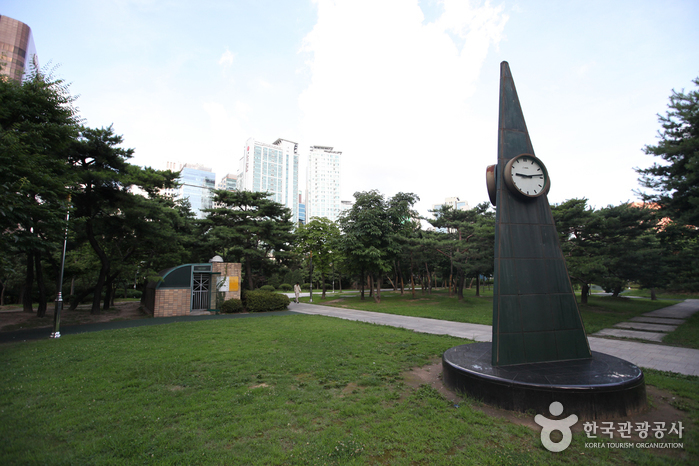
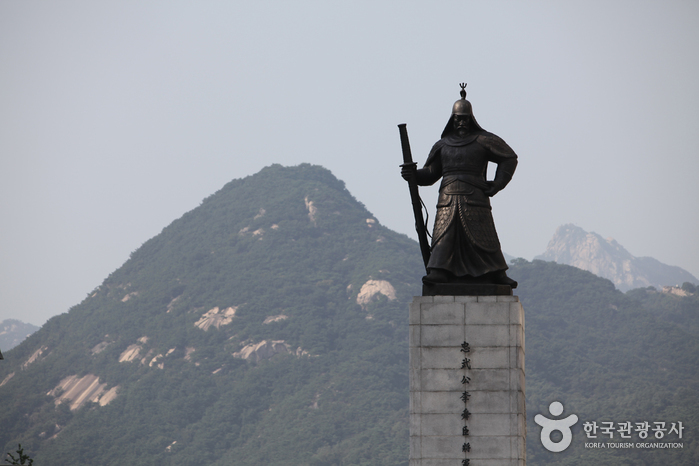

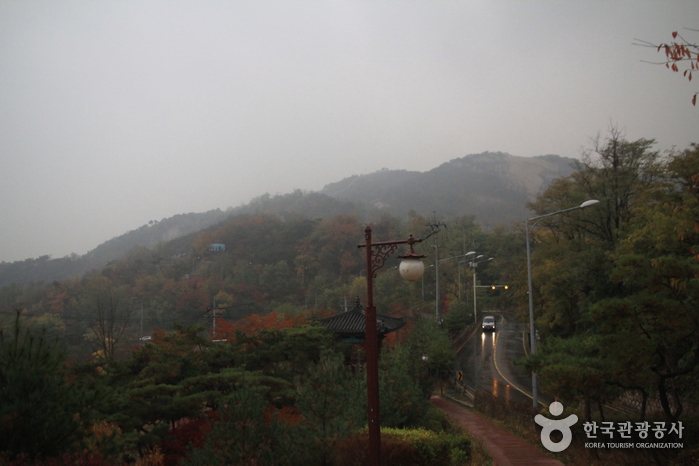
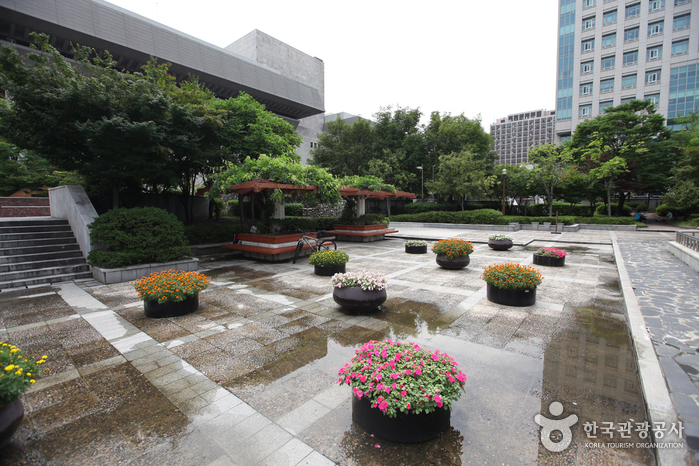
![Jangmee Rasa - Taepyeong-ro Branch [Tax Refund Shop] (장미라사 태평로점)](http://tong.visitkorea.or.kr/cms/resource/59/2889859_image2_1.jpg)
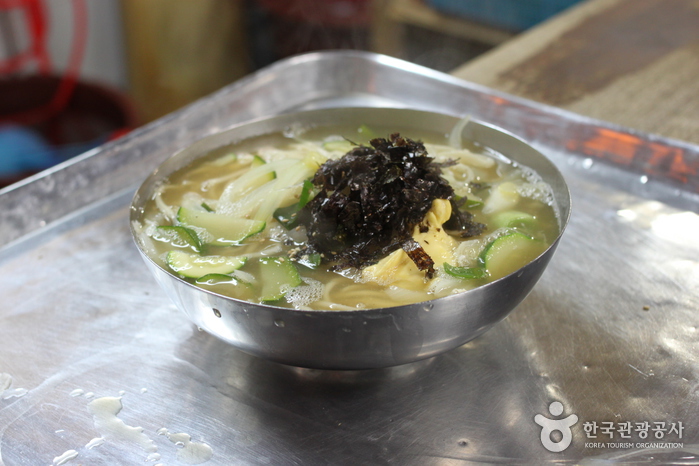
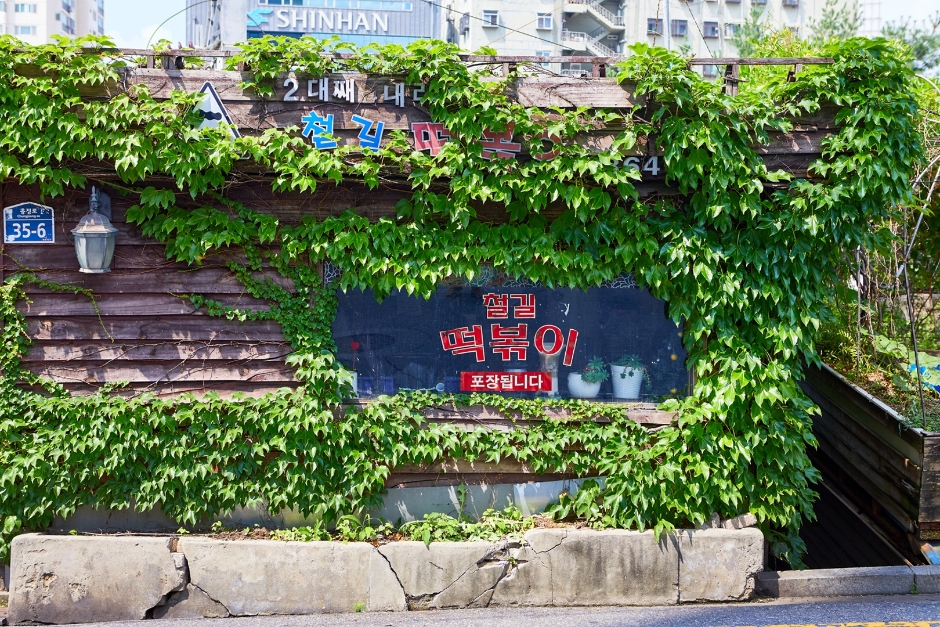
 English
English
 한국어
한국어 日本語
日本語 中文(简体)
中文(简体) Deutsch
Deutsch Français
Français Español
Español Русский
Русский